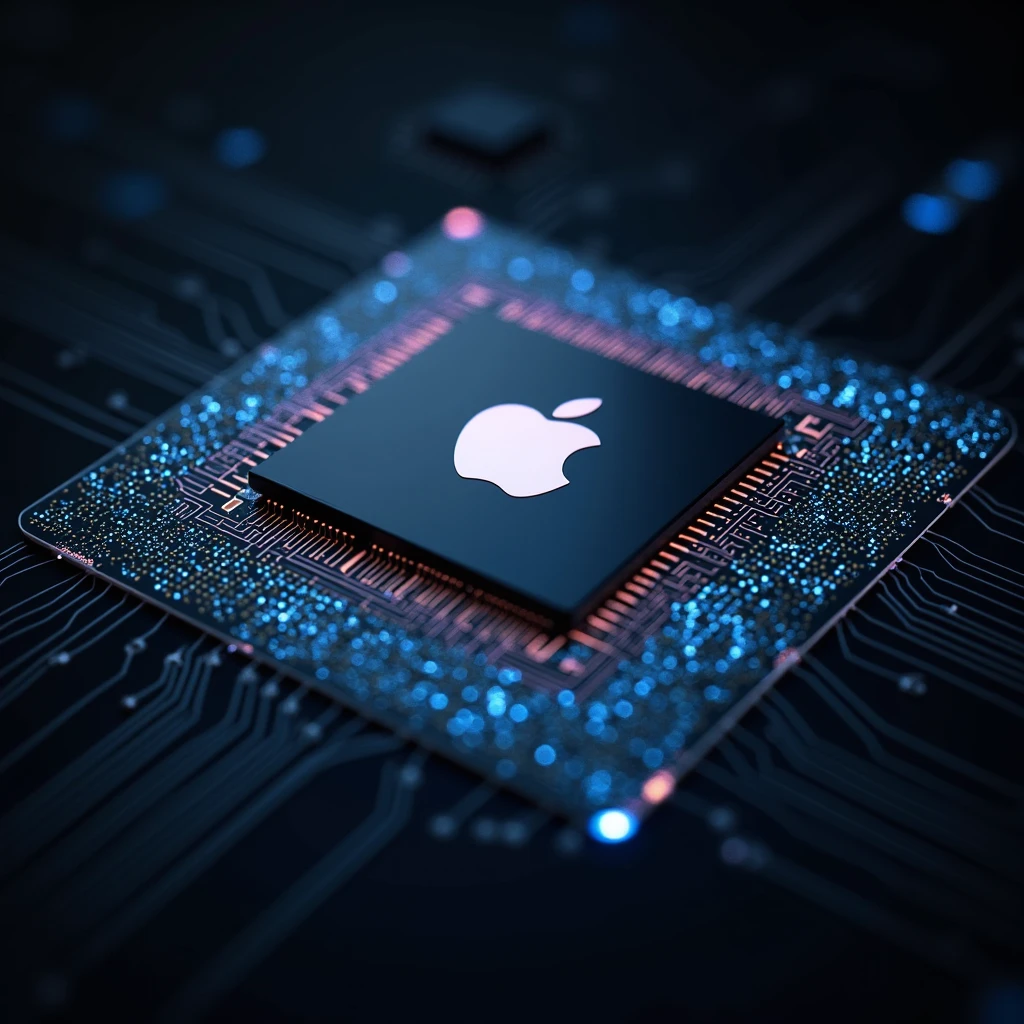In 2020, Apple made a groundbreaking move in the computing industry by introducing Apple Silicon, shifting from Intel x86 architecture to an in-house ARM-based chip design. This transition enabled Apple to control both hardware and software, optimizing performance and energy efficiency across its devices.
The first-generation M1 chip showcased the potential of this approach, delivering impressive power with minimal energy consumption. Later, the M2 chip refined the technology, but it was with the release of Apple Silicon M3 and M4 that the company truly disrupted the PC market.
Apple M3: A Significant Technological Leap
Unveiled in October 2023, the Apple M3 chip was the first to be manufactured using a 3-nanometer process, containing 25 billion transistors. The 8-core CPU, with four high-performance cores and four efficiency cores, offered up to 35% faster performance compared to the M1.
The M3 GPU, available with up to 10 cores, introduced Dynamic Caching, a real-time memory allocation technology that optimizes resource usage and improves energy efficiency. Additionally, hardware-accelerated ray tracing brought more realistic graphics, making Mac computers more appealing to creative professionals and even gamers.
Apple M4: Power and AI Integration
In March 2025, Apple launched the M4 chip, marking another milestone in its technological evolution. The M4 processor brought significant improvements in processing power and energy efficiency, but its most notable feature was the integration of artificial intelligence.
With Apple Intelligence, a suite of AI tools, the M4 chip enhances user productivity by assisting in email writing, photo editing, and real-time messaging suggestions.
Furthermore, the M4 Neural Engine is capable of executing up to 38 trillion operations per second, making Mac devices ideal for AI developers and professionals working with machine learning models.
The Impact on the Computer Market
The introduction of Apple Silicon M3 and M4 has significantly transformed the computer industry. Apple has demonstrated that it is possible to combine high performance with unprecedented energy efficiency, reducing reliance on third-party chip manufacturers and maintaining full control over its hardware-software ecosystem.
This vertical integration has allowed Apple to deliver highly optimized products, catering to both everyday users and creative professionals.
Moreover, advanced technologies like hardware-accelerated ray tracing and AI-powered computing have positioned Apple at the forefront of innovation, forcing competitors to rethink their strategies and accelerating the evolution of the entire PC industry.
With Apple Silicon M3 and M4, Apple has not only improved its Mac computers’ performance but has also set new industry standards. The combination of cutting-edge technology and a focus on energy efficiency has revolutionized the computer market, providing users with powerful and versatile tools that adapt to the ever-evolving demands of the modern world.








Leave a Comment